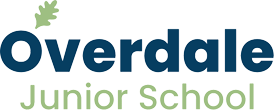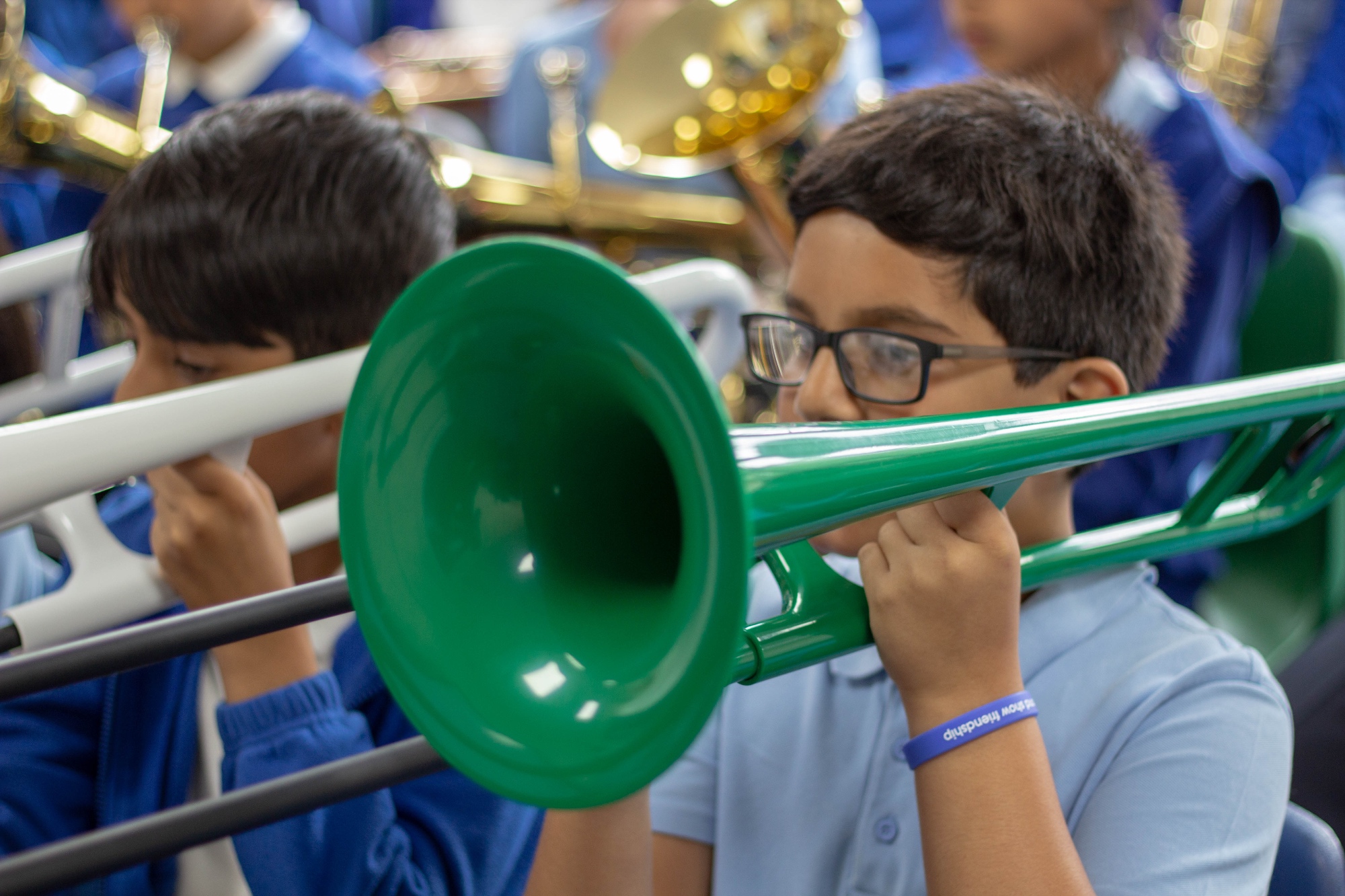Curriculum
‘All leaders and staff strive to give every pupil a good education. Leaders have created an environment in which learning can take place effectively. Curriculum leaders are enthusiastic and knowledgeable about their subjects.’
Ofsted 2022
‘Leaders make sure that reading lies at the heart of the curriculum.’
Ofsted 2022
Our Curriculum Statement
At, Overdale Junior School we teach a carefully sequenced curriculum which aims to build knowledge, inspire pupils and promote excellent outcomes for all. The curriculum content is organised in a coherent way, ensuring children can build on their knowledge from year to year. In this way, the knowledge in the curriculum is cumulative, constructing firm foundations and schema from which children can progress and develop deeper conceptual understanding and subject-specific knowledge and skills over time. Curriculum coherence ensures that teaching does not jump from topic to topic, but enables children to develop knowledge over time, as well as an understanding of individual subjects e.g. Geography, History, Science and not just ‘Topic lessons’.
We intend to build and embed oracy and philosophical enquiry into every subject area, encouraging all children to develop effective communication skills to support them in the wider world.
The design of the curriculum at Overdale Junior School has been informed by the Chris Quigley Essentials Curriculum.
Basic Principles
1. Learning is a change to long-term memory.
2. Our aims are to ensure that our students experience a wide breadth of study and have, by the end of each key stage, long-term memory of an ambitious body of procedural and semantic knowledge.
Curriculum Intent model
1. Curriculum breadth is shaped by our curriculum drivers, cultural capital, subject topics and our ambition for students to study the best of what has been thought and said by many generations of academics and scholars.
2. Cultural capital gives our students the vital background knowledge required to be informed and thoughtful members of our community who understand and believe in British values.
3. Our curriculum distinguishes between subject topics and ‘threshold concepts’. Subject topics are the specific aspects of subjects that are studied e.g. The Stone Age, The Vikings.
4. Threshold concepts tie together the subject topics into meaningful schema. The same concepts are explored in a wide breadth of topics within year groups and across the whole Key Stage. Through this ‘forwards-and-backwards engineering’ of the curriculum, students return to the same concepts over time and gradually build understanding of them.
5. For each of the threshold concepts, two Milestones (M2 and M3) - each of which includes the procedural and semantic knowledge students need to understand the threshold concepts - provides a progression model. It may be necessary in Year 3 within some subject topics to refer back to and revisit concepts in Milestone 1.
6. Knowledge organisers help distinguish the core learning as well as helping students to relate each topic to previously studied topics and to form strong, meaningful schema.
7. Cognitive science tells us that working memory is limited and that cognitive load is too high if students are rushed through content. This limits the acquisition of long-term memory. Cognitive science also tells us that in order for students to become creative thinkers, or have a greater depth of understanding they must first master the basics, which takes time.
8. Within each Milestone, students gradually progress in their procedural fluency and semantic strength through three cognitive domains: basic, advancing and deep. The goal for students is to display sustained mastery at the ‘advancing’ stage of understanding by the end of each milestone and for the most able to have a greater depth of understanding at the ‘deep’ stage. The time-scale for sustained mastery or greater depth is therefore two years of study (Years 3 and 4 working within Milestone 2 and Years 5 and 6 working within Milestone 3).
9. As part of our progression model we use a different pedagogical style in each of the cognitive domains of basic, advancing and deep. This is based on the research of Sweller, Kirschner and Rosenshine who argue to direct instruction in the early stages of learning and discovery based approaches later. We use direct instruction in the basic domain and problem based discovery in the deep domain. This is called the reversal effect.
10. In addition, as part of our progression model, we use POP tasks (Proof of Progress) in some subjects which shows our curriculum expectations in each cognitive domain.
Implementation
11. Our curriculum design is based on evidence from cognitive science; two main principles underpin it:
12. Learning is most effective with spaced repetition.
13. Retrieval of previously learned content is frequent and regular, which increases both storage and retrieval strength.
14. In addition to the two principles, we also understand that learning is invisible in the short-term and that sustained mastery takes time.
15. Our content is subject specific. We make intra-curricular links to strengthen schema and these links are made explicit on subject leader overview maps and where relevant, on English text maps.
16. Continuous provision, in the form of daily routines and timetable structure replaces the teaching of some aspects of the curriculum and, in other cases, provides retrieval practice for previously learned content ('Do now tasks')
Impact
17. Because learning is a change to long-term memory it is impossible to see impact in the short term.
18. We do, however use probabilistic assessment based on deliberate practise. This means that we look at the practices taking place to determine whether they are appropriate, related to our goals and likely to produce results in the long-run.
19. We use comparative judgement in two ways: in the tasks we set (such as retrieval quizzes and POP Tasks) and in comparing a student’s work over time, using book looks and pupil voice discussions.
20. We use learning walks and lesson drop ins to see if the pedagogical style matches our depth expectations (see point 9)
You can read our policies on Teaching & Learning, Assessment for Learning and Written Calculations on our policies page.
2022/23 Curriculum
Please see curriculum documents below.









